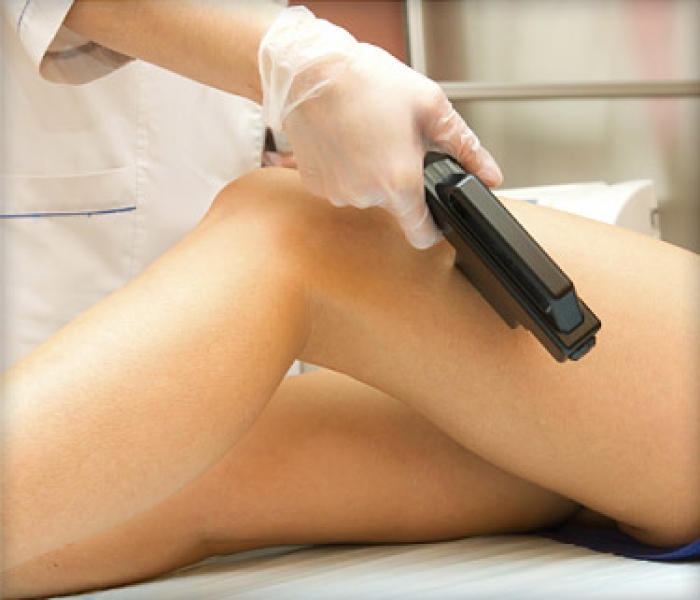
Laser hair removal is one of the most commonly done cosmetic procedures in Lebanon It beams highly concentrated light into hair follicles. Pigment in the follicles absorb the light. That destroys the hair.
Benefits of Laser Hair Removal
Precision. Lasers can selectively target dark, coarse hairs while leaving the surrounding skin undamaged.
Speed. Each pulse of the laser takes a fraction of a second and can treat many hairs at the same time. The laser can treat an area approximately the size of a quarter every second. Small areas such as the upper lip can be treated in less than a minute, and large areas, such as the back or legs, may take up to an hour.
Predictability. Most patients have permanent hair loss after an average of three to seven sessions.
How to Prepare for Laser Hair Removal
Laser hair removal is more than just ''zapping'' unwanted hair. It is a medical procedure that requires training to perform and carries potential risks. Before getting laser hair removal, you should thoroughly check the credentials of the doctor or technician performing the procedure.
If you are planning on undergoing laser hair removal, you should limit plucking, waxing, and electrolysis for six weeks before treatment. That's because the laser targets the hairs' roots, which are temporarily removed by waxing or plucking.
What to Expect During Laser Hair Removal
Just before the procedure, your hair that will be undergoing treatment will be trimmed to a few millimeters above the skin surface. The laser equipment will be adjusted according to the color, thickness, and location of your hair being treated as well as your skin color. Depending on the laser or light source used, you and the technician will need to wear appropriate eye protection. It will also be necessary to protect the outer layers of your skin with a cold gel or special cooling device. This will help the laser light penetrate the skin.
Next, the technician will give a pulse of light to the treatment area and watch the area for several minutes to make sure the best settings were used and to check for bad reactions.
When the procedure is completed, you may be given ice packs, anti-inflammatory creams or lotions, or cold water to ease any discomfort. You may schedule your next treatment four to six weeks later. You'll get treatments until hair stops growing.
